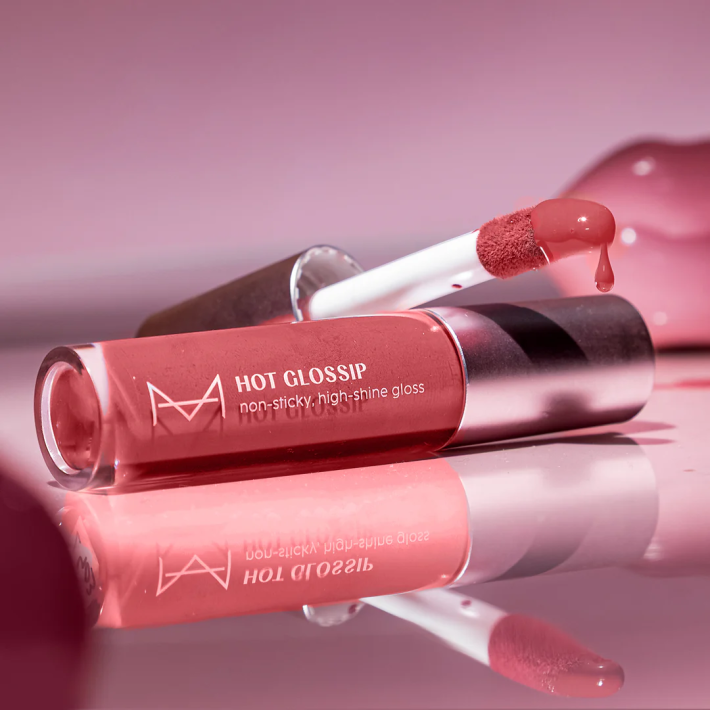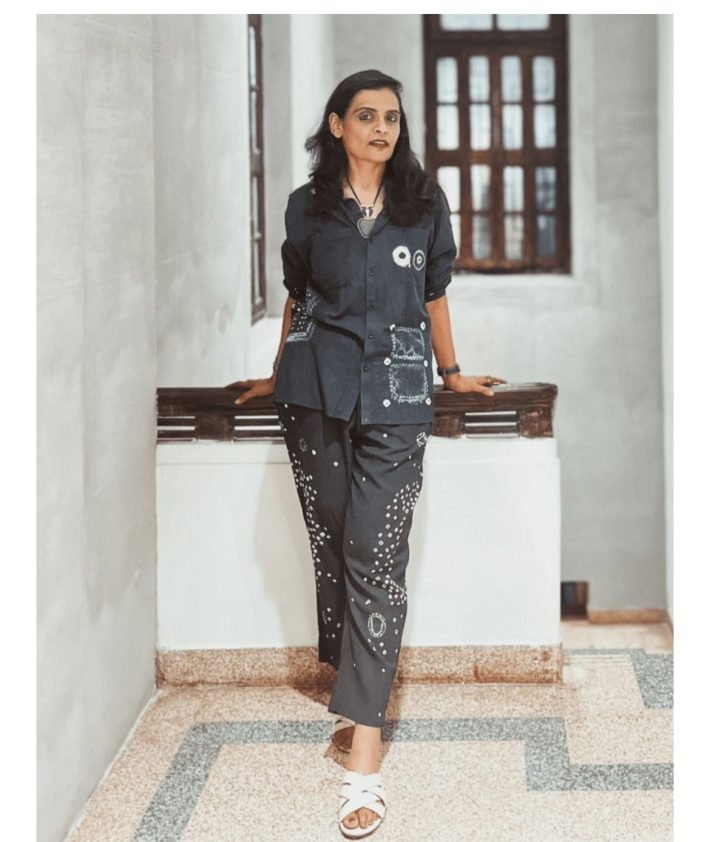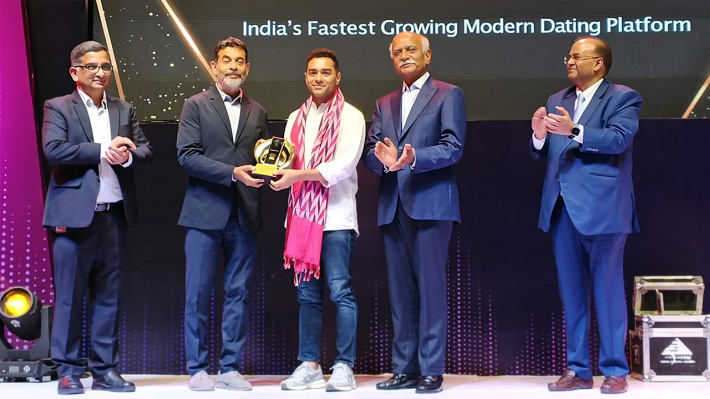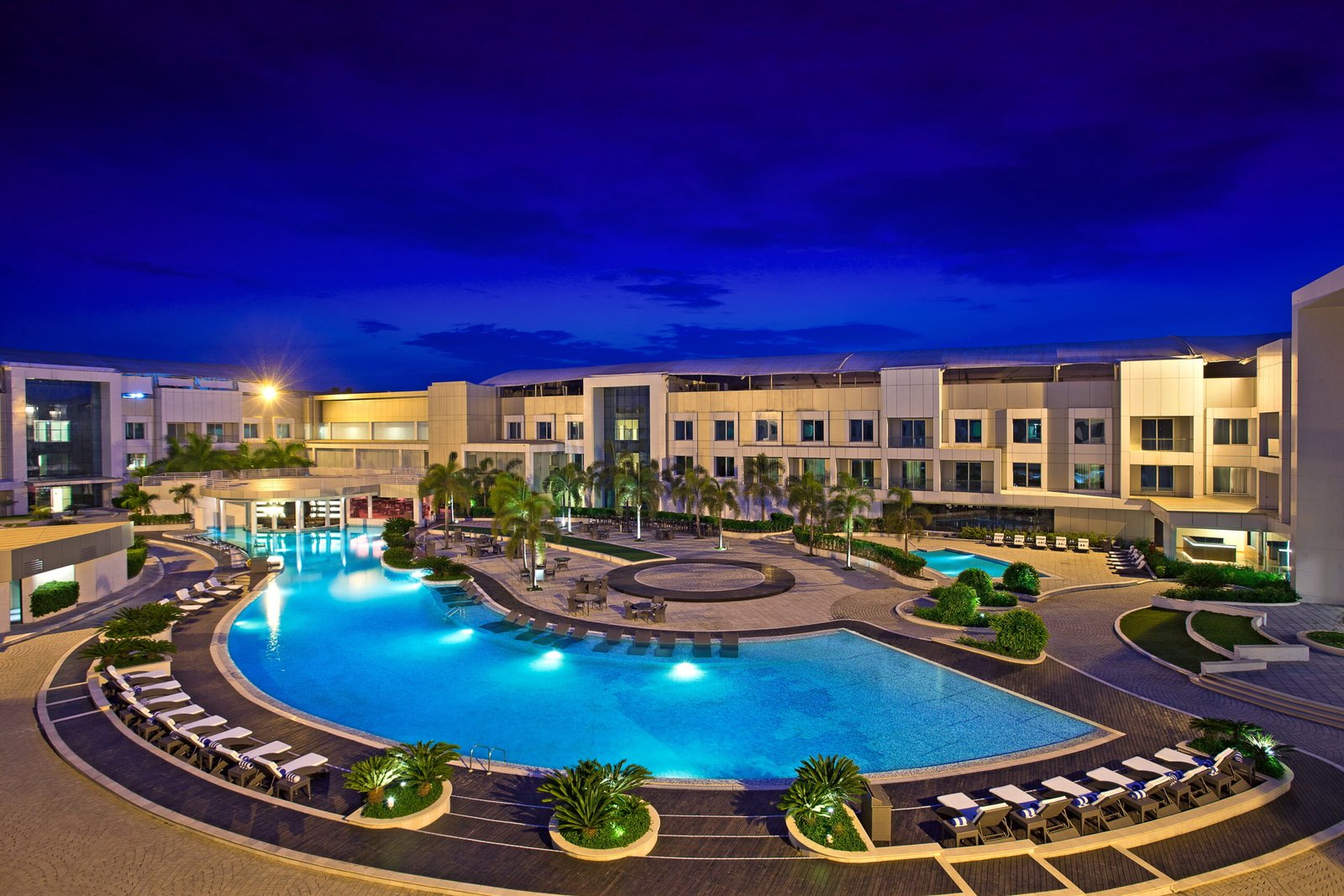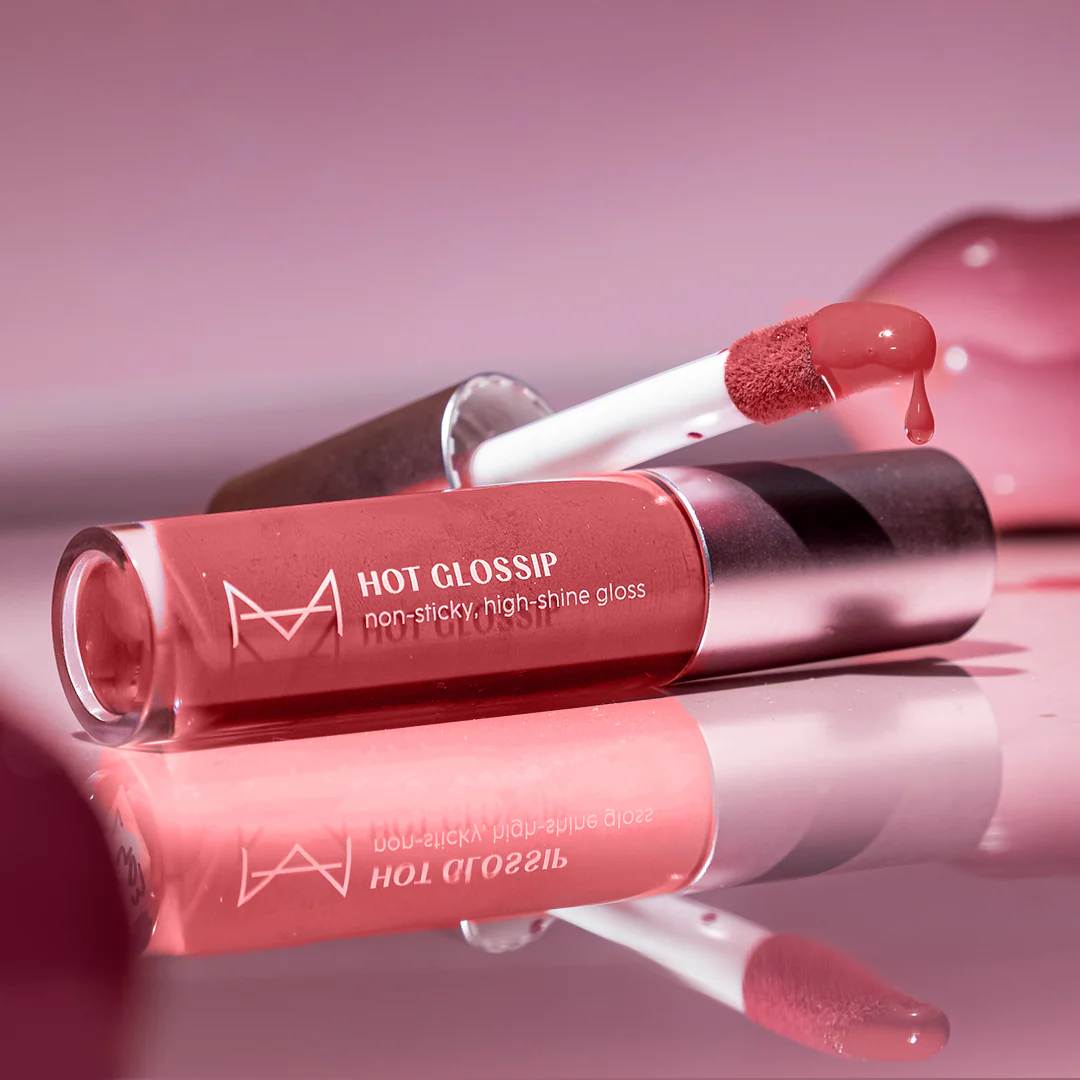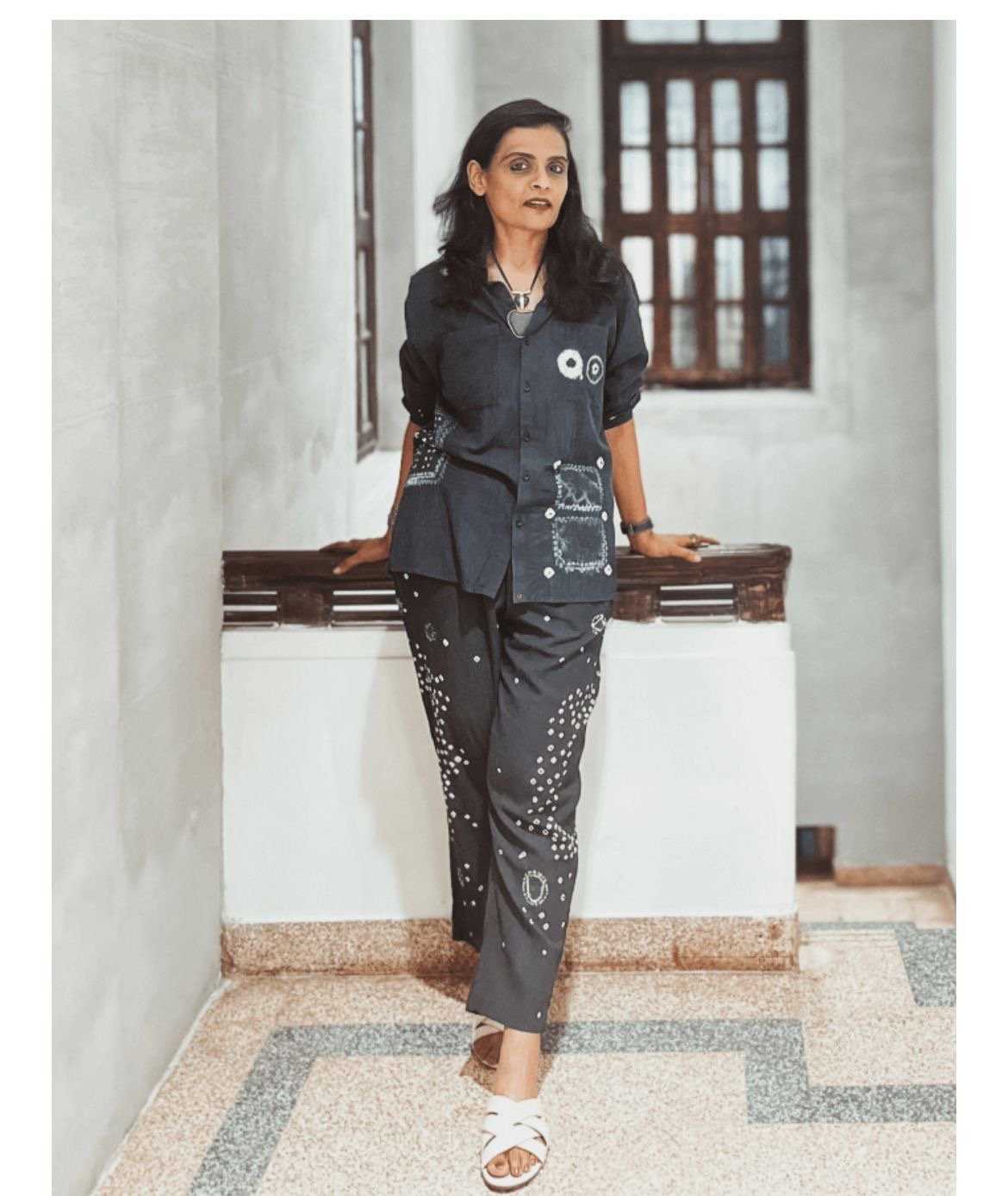Blame it on popular social media applications, self-snapping selfie culture, vanity-bragging-posts craving attention, or simply staying competitive in the workplace. Procedures like body contouring, liposuction, botox, tummy tucks, facelifts, breast augmentation, gynecomastia, waist sculpting, facial rejuvenation, fat transfer, and buttlifts have all gained prominence in recent years. To be honest, few people can resist the appeal and obscene publicity that come with it.
The global cosmetic surgery market is presently valued $55.65 billion (INR 6 lac crore) and is predicted to triple over next 10 years, growing at a CAGR of 12%. According to statistics provided by the International Society for Aesthetic Plastic Surgery (ISAPS), India ranks fourth, with surgeries accounting for 4.3% of all treatments worldwide. The top five most popular cosmetic surgery procedures are liposuction, breast augmentation, rhinoplasty, buttock lifts, and facelifts. It does not stop there. Statista data for 2022 ranks India sixth in the globe with 2600 plastic surgeons.
The perceived stigma attached to cosmetic surgery is no longer valid. Furthermore, it’s all about vanity, perfectionism, feeling confident in and with your body, and overall satisfaction with yourself. TheGlitz sat down with Dr. Karishma Kagodu, MS, M.Ch., a board-certified plastic surgeon who runs kaesthetics.in in Indiranagar, Bangalore. What followed is a candid conversation about cosmetic surgery, healing, and informed aesthetic options and solutions to tease out any insecurities.
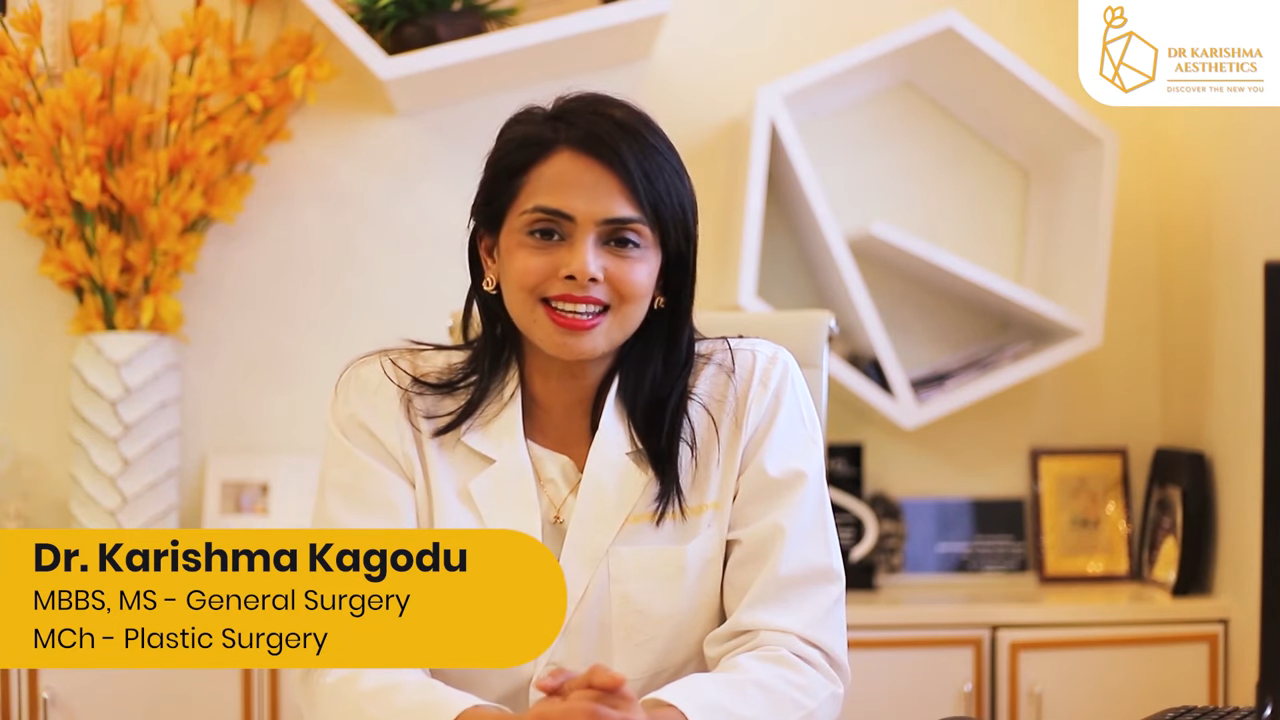
This interview is edited for length and clarity.
Dr. Karishma on Facelifts and Body contouring
Dr. Karishma, you graduated from St. John’s Medical College in Bengaluru with a gold medal for excellence in cosmetic surgery and underwent specialised training in Italy, Dubai, England, and Turkey. Can you tell us how your formative years shaped your desire to pursue plastic surgery?
To qualify as a plastic surgeon, you must finish 6 years of medical school, followed by 6 years of surgical training (comprising 3 years of general surgery training and 3 years of plastic surgery training). During my initial medical training, my fascination with anatomy sparked my interest in surgical specialties. Pursuing general surgery exposed me to a wide range of opportunities. Becoming a plastic surgeon is a fiercely competitive field, predominantly male, demanding significant dedication.
My inherent nature to excel, strive for something challenging, and love the prospect of combining art and science under one roof influenced my decision to study plastic surgery. I recognised that this career path would allow me to enhance my manual dexterity and develop a keen eye for detail. What intrigued me the most was the opportunity to perform a wide range of procedures, from reconstructive and cosmetic surgeries to microsurgery, burn surgery, and even maxillofacial and hand injury treatments. I found this field to be incredibly fulfilling, as each procedure has the potential to significantly improve an individual’s quality of life, whether it be due to trauma or cosmetic concerns.
Which are the most prevalent plastic surgery procedures that you have performed as a specialist?
I specialise in a range of aesthetic surgical procedures, including liposuction, nose jobs, breast reduction, breast augmentation, face and necklifts, male gynecomastia, tummy tucks, and Brazilian buttlifts. Additionally, I am experienced in reconstructive surgeries such as ear reconstruction, burn surgery, hand surgery, face deformities, microsurgery, and breast cancer reconstruction. My expertise covers a wide spectrum of plastic surgical procedures, both aesthetic and reconstructive, ensuring comprehensive care for my patients.
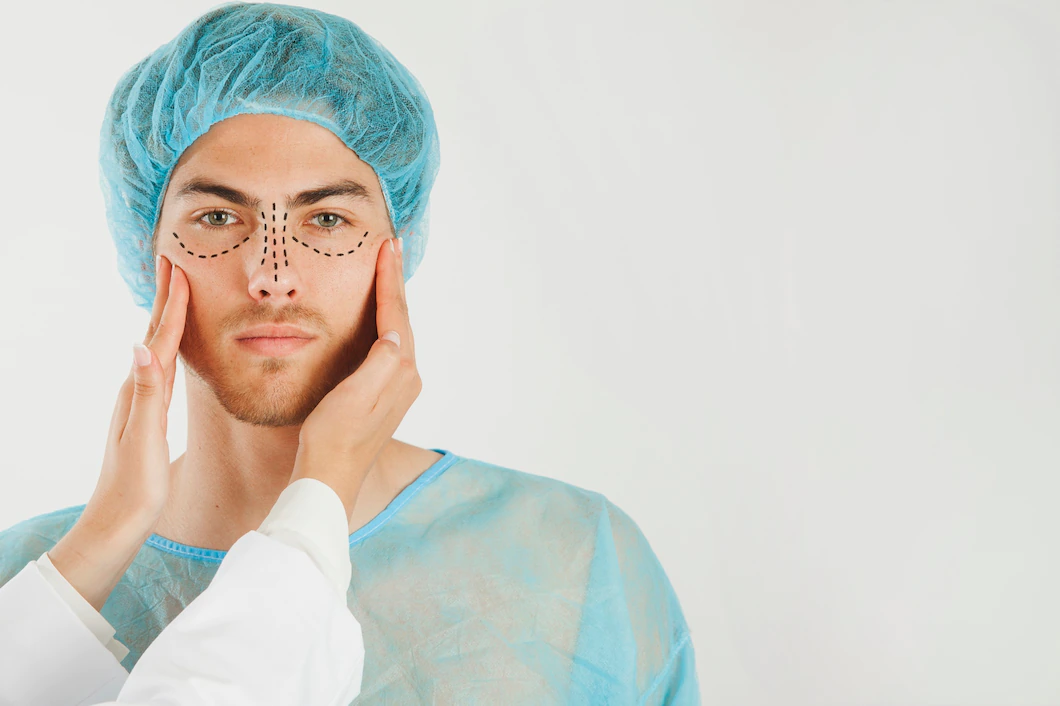
How do you prepare a consultation patient for their first under-the-knife procedure?
During plastic surgery consultations, I assess the patient’s concerns, expectations, and overall well-being, spending around 45 minutes to 1 hour to fully understand their desires and provide informed guidance. It is essential to present surgical options realistically, dispel myths, and address any negative perceptions to ensure patients have realistic expectations and feel positive about their decision.
I emphasise the importance of acknowledging the risks associated with any surgery, including plastic surgery, and ensuring patients are prepared for potential complications. By establishing a strong bond, fostering positive thoughts, and involving patients in the surgical journey from the outset, I aim to instill confidence and readiness in them before undergoing the procedure.
Which people make the best candidates for plastic surgery, and why?
A good candidate for plastic or cosmetic surgery is someone with a positive attitude, realistic expectations, good overall health, psychological stability, and reasonable cosmetic concerns that can be addressed realistically.
How long does a facelift take to operate on and recover from? Is this a same-day procedure? As well as any potential risks?
There are different types of facelift procedures available, such as the mini/short-scar facelift and the deep-plane face and necklift, each varying in duration from 2-3 hours to 4-5 hours depending on the patient’s needs. The surgery time for a facelift can range from 1-2 hours to 4-5 hours, with patients undergoing a short-scar facelift being able to go home the same day, while those opting for a major face and necklift may need to stay in the hospital for 1-2 days. Although rare, potential side effects of bleeding, blood clot formation, seroma, or nerve injury can occur, but patients are well prepared for any complications that may arise, with medical professionals providing support every step of the way.
While many of our Glitz readers are interested in learning more about liposuction, their main concern is pain. Could you elaborate on the anesthetic technique used?
Liposuctions are typically done under general anaesthesia for the comfort of both the patient and the surgeon. This allows the surgeon to work efficiently and produce better results without causing any discomfort to the patient. Being asleep during the procedure ensures that the patient does not feel any pain or discomfort.
While small liposuctions can be done under local anaesthesia, it is important to note that general anaesthesia is not necessarily dangerous. In fact, using large amounts of local anaesthesia can lead to more toxicity. With a skilled anaesthesia team, undergoing liposuction under general anaesthesia can provide a more relaxed experience compared to being awake during the procedure, reducing the risk of panic attacks and ensuring a smoother process for the patient.

Could you briefly explain how the 4-D Body contouring procedure works?
4-D body contouring, also known as high-definition liposculpting, was developed by Dr. Alfredo Hoyos from Columbia. This technique allows plastic surgeons to sculpt the body using advanced methods like ultrasound liposcopy (VASER) to enhance muscular features. By utilising liposuction technology, fat is removed from between muscle compartments to reveal the underlying musculature, creating a 3D effect similar to sculpting. In some cases, the extracted fat is transferred to other areas to improve or redefine different body parts.
This innovative approach to body contouring considers the body in the 4th dimension, aiming for symmetry and proportion between different areas to achieve a 360-degree result. However, 4D liposculpting is not suitable for everyone, as it is recommended for individuals with a healthy lifestyle, good muscle tone, and body fat composition below 26-27%.
What do you recommend as the most effective strategy for youth preservation?
The state of being youthful is closely tied to one’s mindset. Besides maintaining a healthy lifestyle, staying mentally and physically active are key elements in maintaining youthfulness. I believe you must take care of your internal self by eating right, which ultimately shows on your skin, hair, and body. Skincare is a lifelong commitment, and while opting for anti-ageing treatments like botox, fillers, or medifacials is a personal choice, they can certainly temporarily slow down the ageing process. Every person has a different ageing process, so it is essential to take care of yourself based on your specific needs.
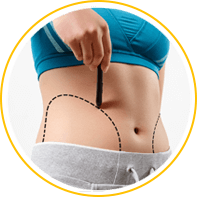
Where do you think we’ll see aesthetic surgery in 5 years? And what excites you the most in the forthcoming times?
Aesthetic surgery has seen significant growth in the past ten years. According to a recent survey conducted by the International Society of Aesthetic Plastic Surgeons (ISAPS), India has emerged as one of the top 10 countries worldwide in terms of the number of cosmetic surgeries performed. Additionally, India is among the top five countries with the highest number of plastic surgeons. I’m excited to see further advancements in the field, including the integration of AI, to enhance both surgical and non-surgical treatment methods.
Will plastic surgery be replaced by AI? Are there any new procedures or products to watch out for?
AI cannot replace plastic surgery or a plastic surgeon. AI may help to improve the approach to a technique, will help the surgeon in planning a procedure, and will help a patient visualise their outcomes better. However, the final step will be in the expert hands of the plastic surgeon, who will operate on the patient. The manual dexterity and skill with which a plastic surgeon performs a surgery cannot be replaced by AI. AI would highly benefit in-patient counselling, teleconsultations, treatment planning, the use of new techniques, and better communication between the surgeon and the patient.
Cover image credit: Rodolfo Sanches Carvalho via Unsplash




